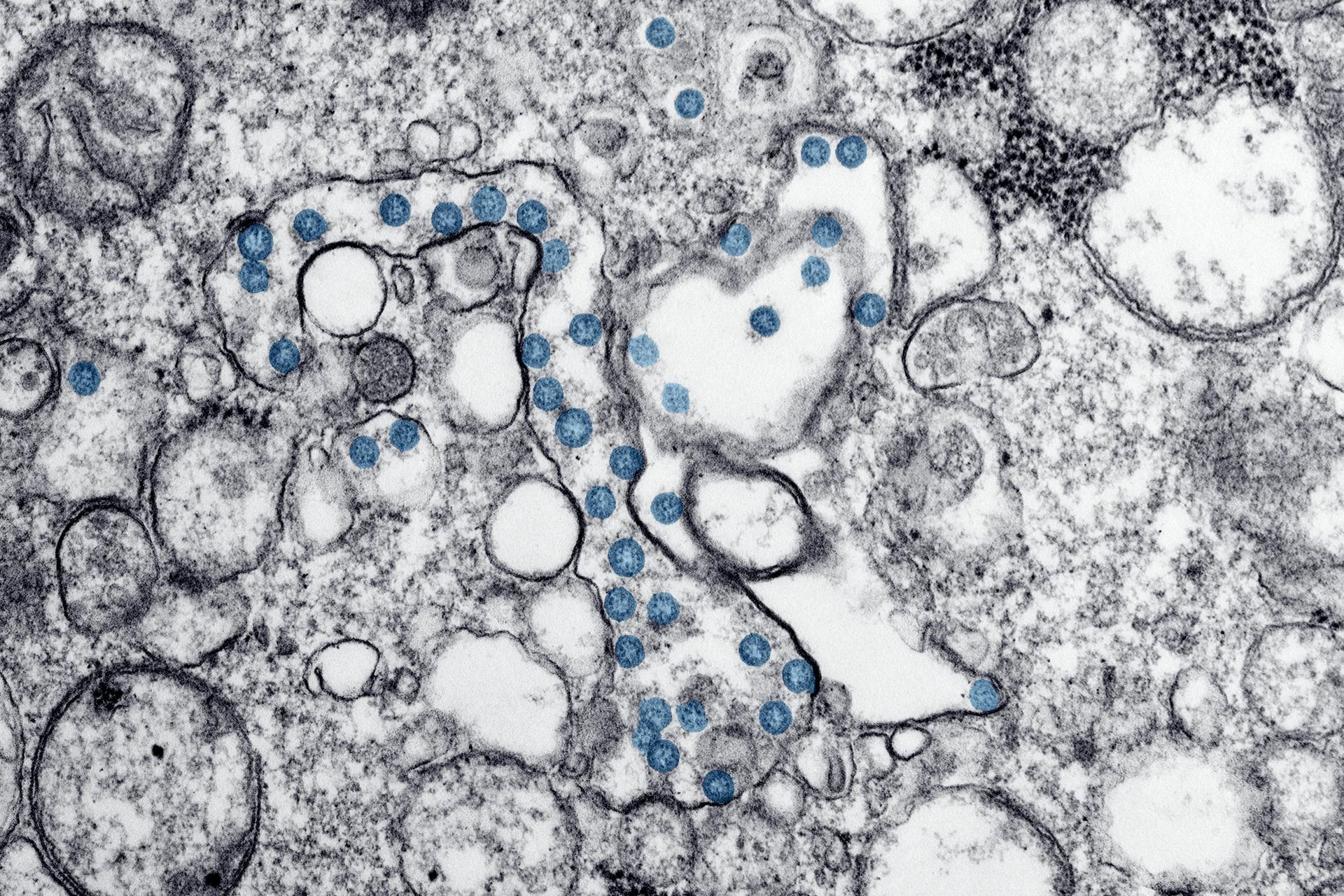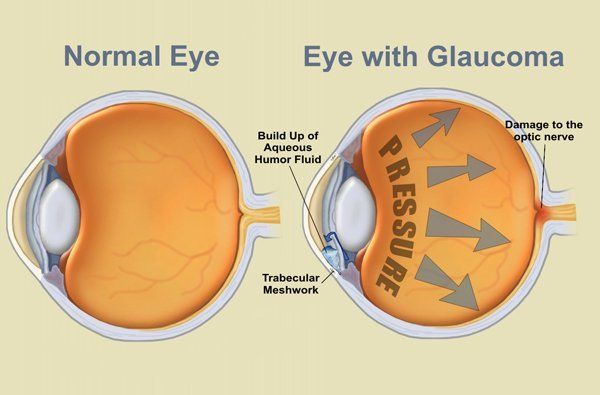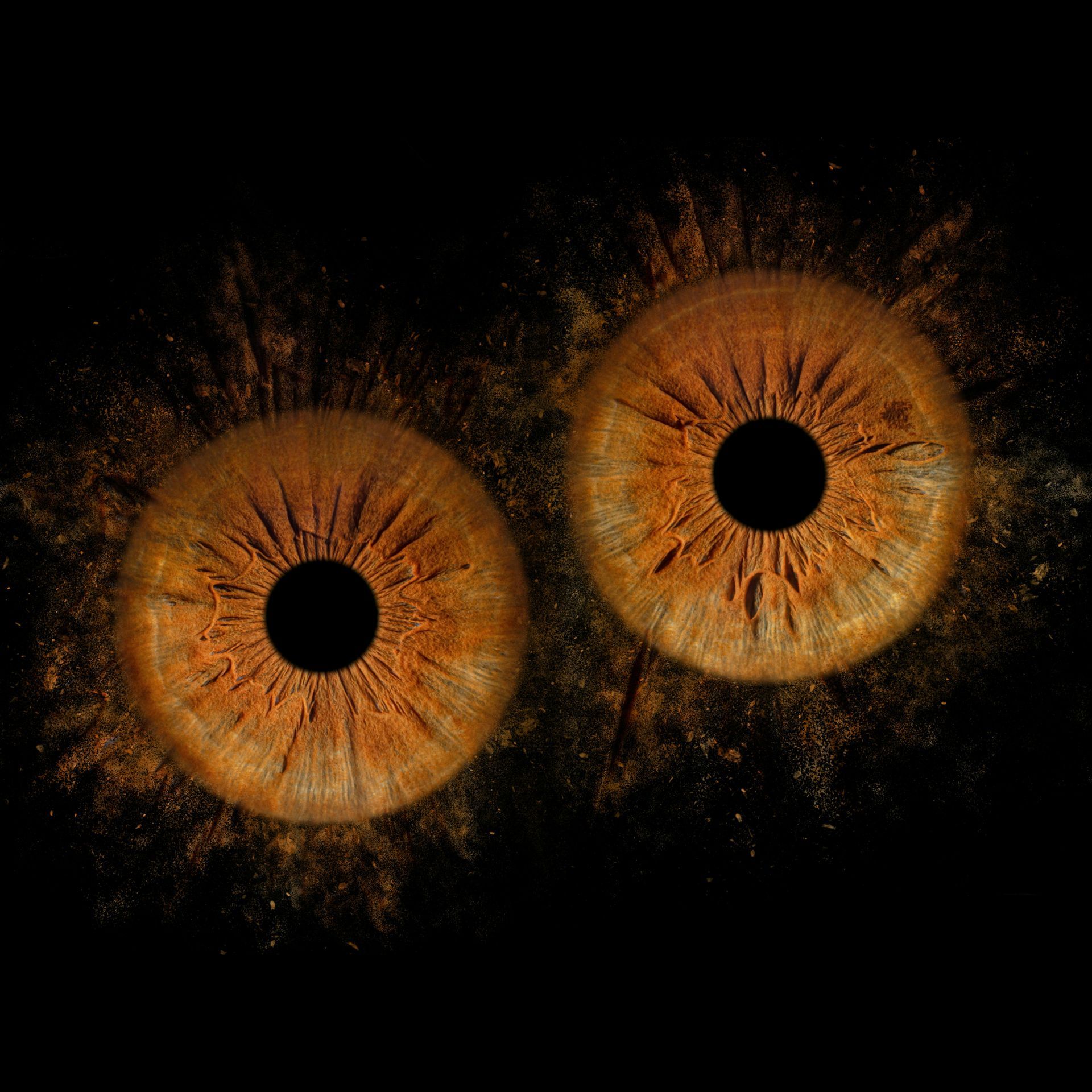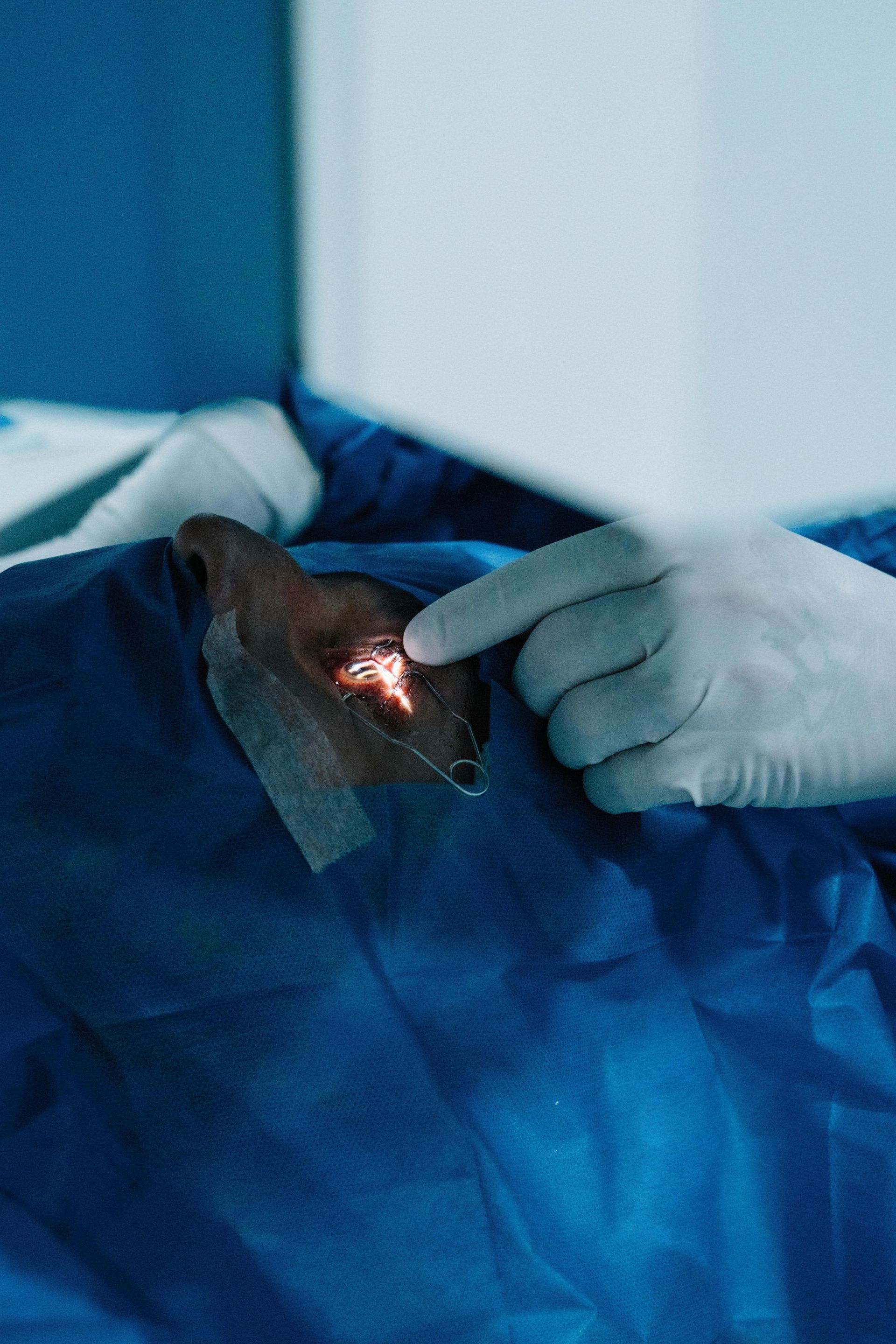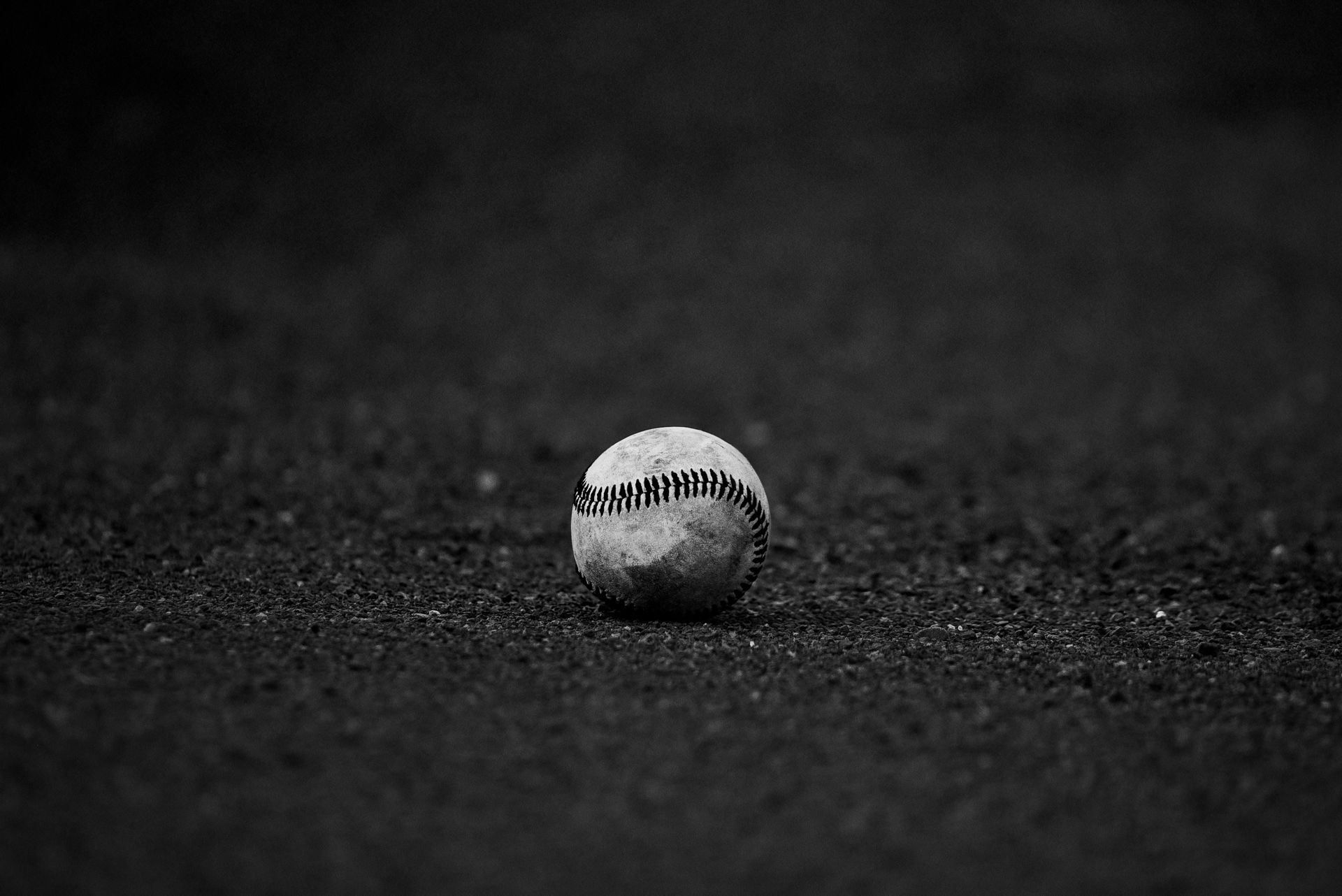Superman has kryptonite. Lenses have heat.
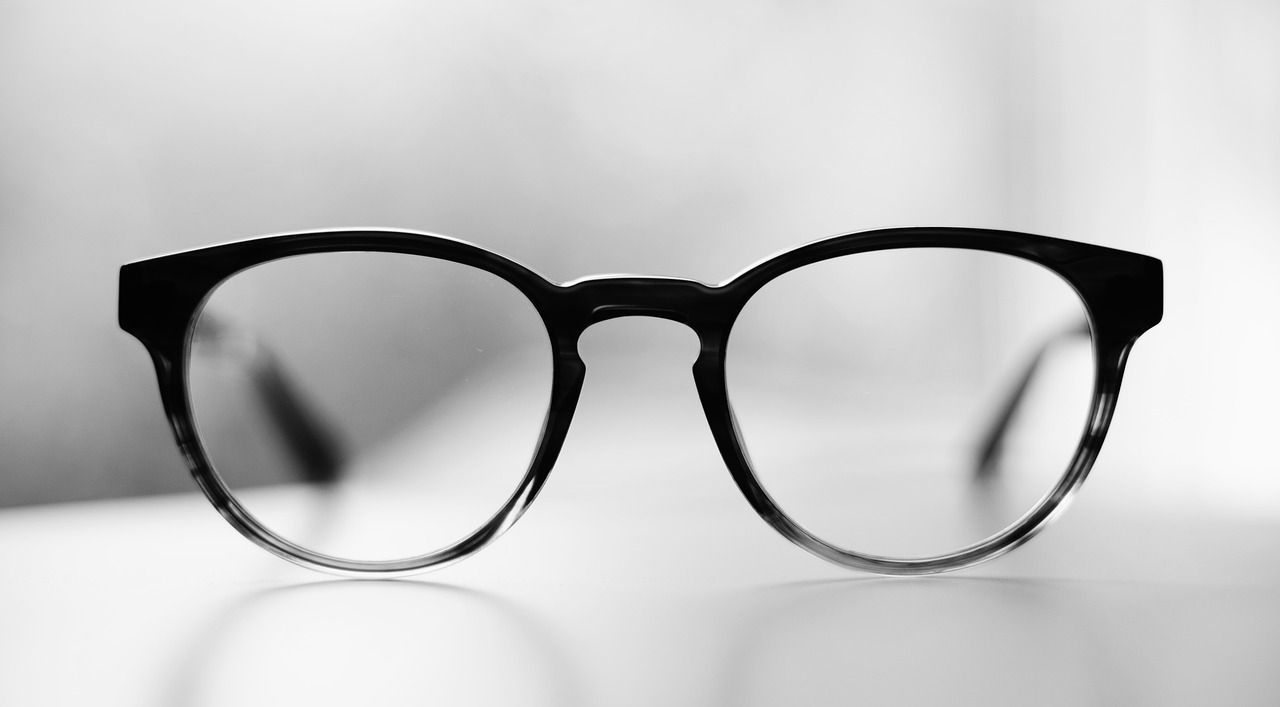
Blog vol 4.5. Superman has kryptonite. Lenses have heat.
Back in November 2020, I wrote a blog on protecting your ophthalmic lenses (your glasses) from extreme heat. I, unfortunately, had firsthand experience with the damage to lens coatings caused by heat and warned my readers to be careful around bonfires and other heat sources.
Well, I did it again. Maybe I should read my blog.
I was careful, really.
On the Canada Day weekend, I was doing some yard work and started a small fire, being mindful of the ongoing danger of wildfires. I had burnt my brush and cleaned up, taking care to not get too close to the flames. Later that weekend, I was having some difficulty getting my lenses clean and did not think about it any further. When back at work I gave my lenses a thorough cleaning, I really was not seeing clearly, and oh no! One of my lenses had cracks all along the front surface.
This time it was only one lens, but they both have to be replaced because antireflection (AR) coats are made in batches to colour match them. These coatings are a scientific marvel. Very thin layers of compound are applied in a controlled environment to create the destructive interference needed to maximize the amount of light getting through the lens. The goal is to provide the clearest vision possible by letting as much light through the lens as possible. The coatings prevent certain wavelengths from reflecting off the lenses and allow them to pass through the lens, the colours not absorbed and allowed to reflect are most frequently in the green to blue to violet range. The coating cannot prevent every wavelength from reflecting, almost impossible to do.
The lenses are first ground or etched with a laser, thoroughly cleaned, then a strong anti-scratch coating is applied to the front and the back. Once this is dried and cleaned again then the lenses are put in a vacuum chamber and the coating compound is heated in a crucible and vapourized and this is evenly applied. It is a very involved process and the newer coatings, like SeeCoat from Nikon, even have blue filters and easy clean coatings built in.
On close examination, and from my research, the heat makes the bottom coating, the anti-scratch, crack apart. The anti-scratch coating is hard, some are so hard that I have seen them crack from a simple flexing of the lens. There needs to be a balance here, but these coatings do prevent minor scratches which can really mess with your vision, and thereby significantly prolong the life of the lens, provided, of course, that you stay away from fires and other hot things.
One of my opticians suggested a pair of gardening glasses for outdoor work. That is definitely one possibility, or another option is a pair of over-safety glasses that I wear for protection from flying objects or in this case, intense heat.
I hope that I do not have to ever write on this topic again.
‘til next week,
the good doctor

